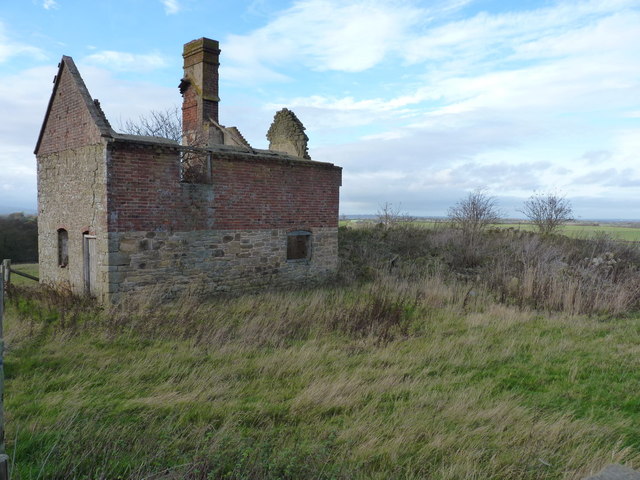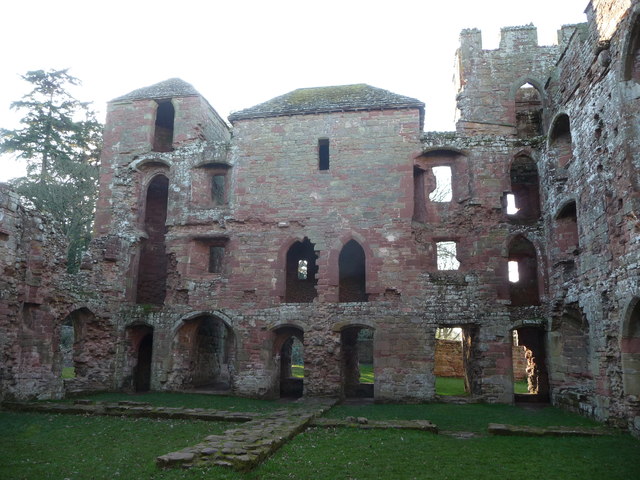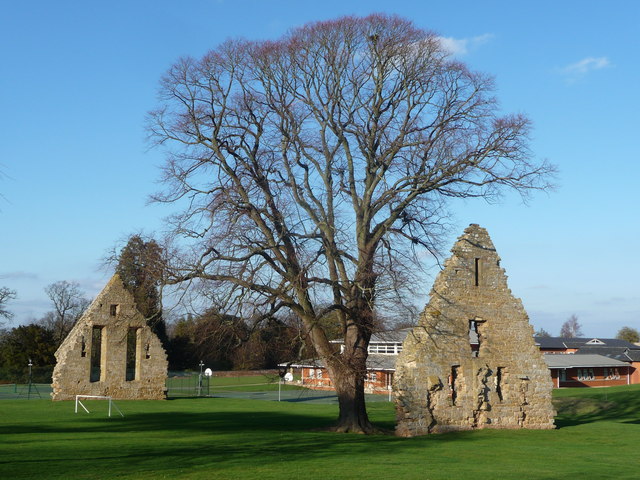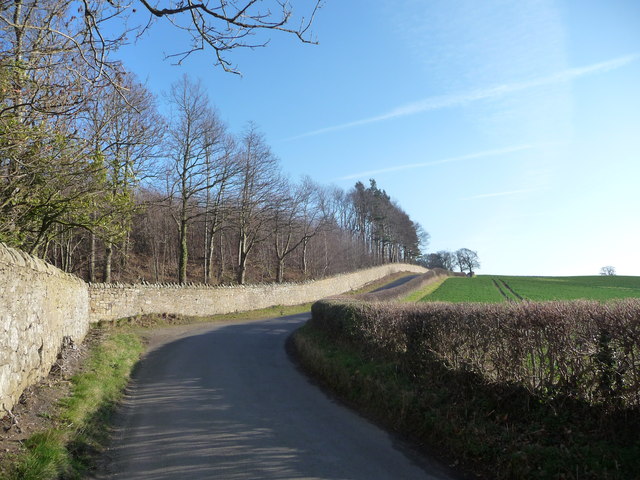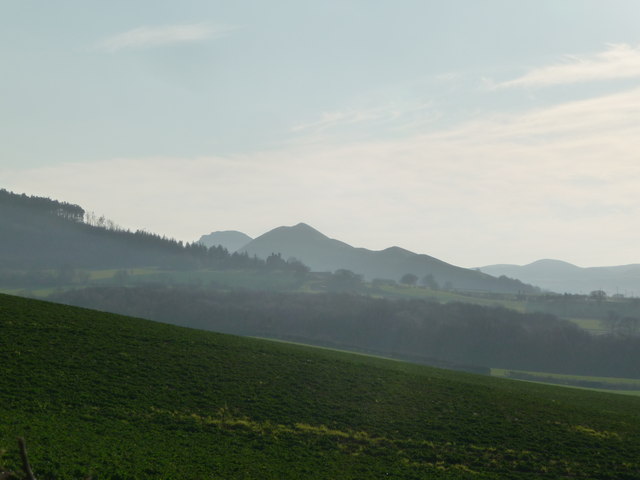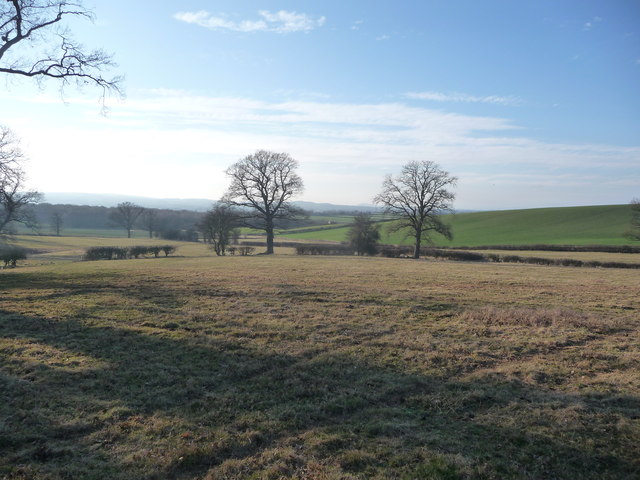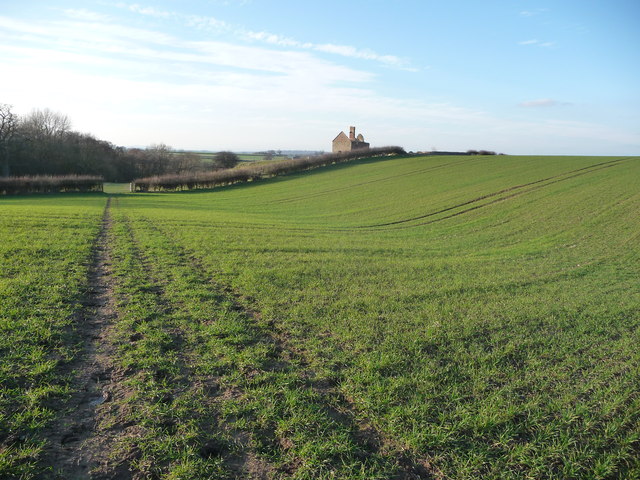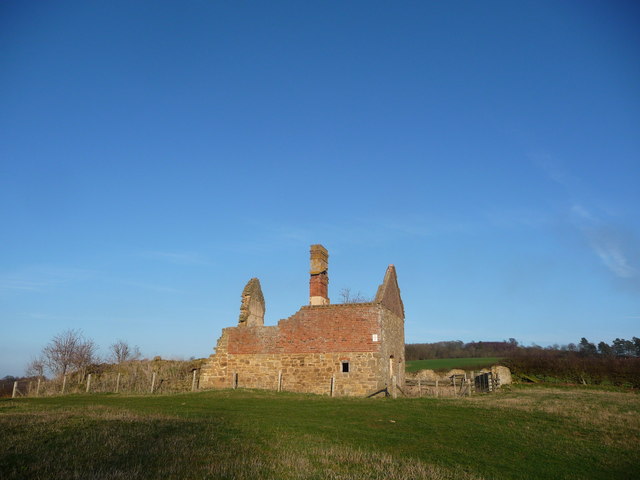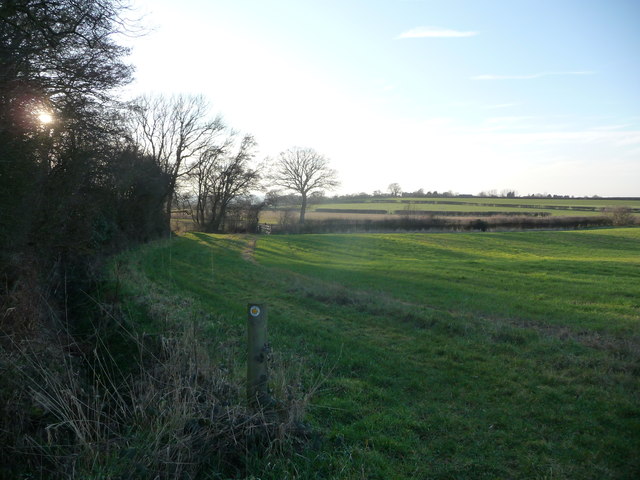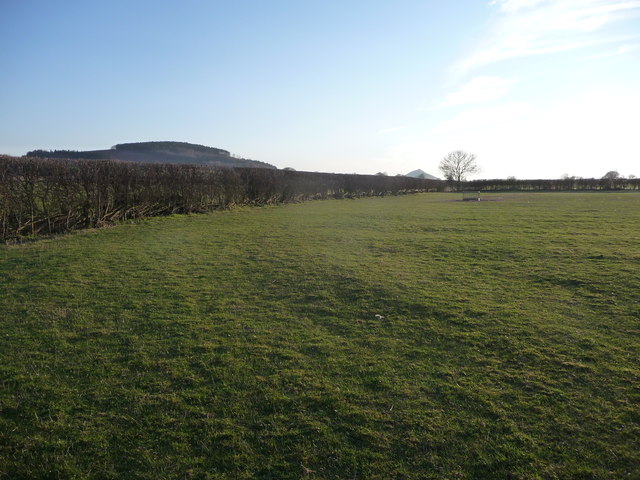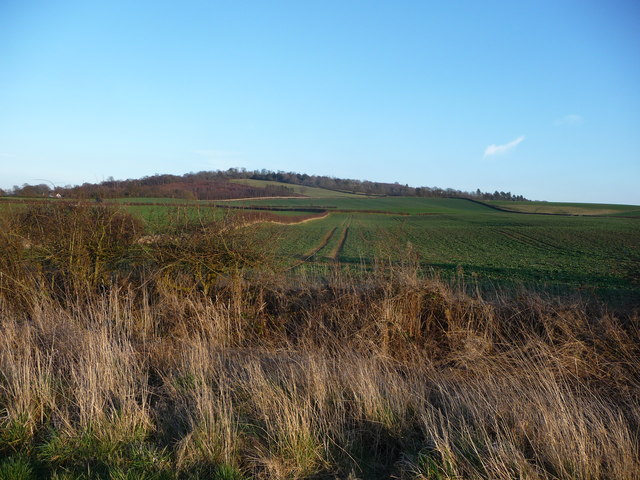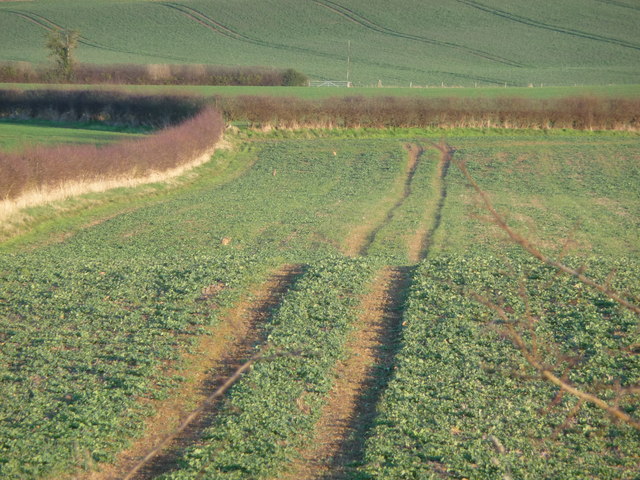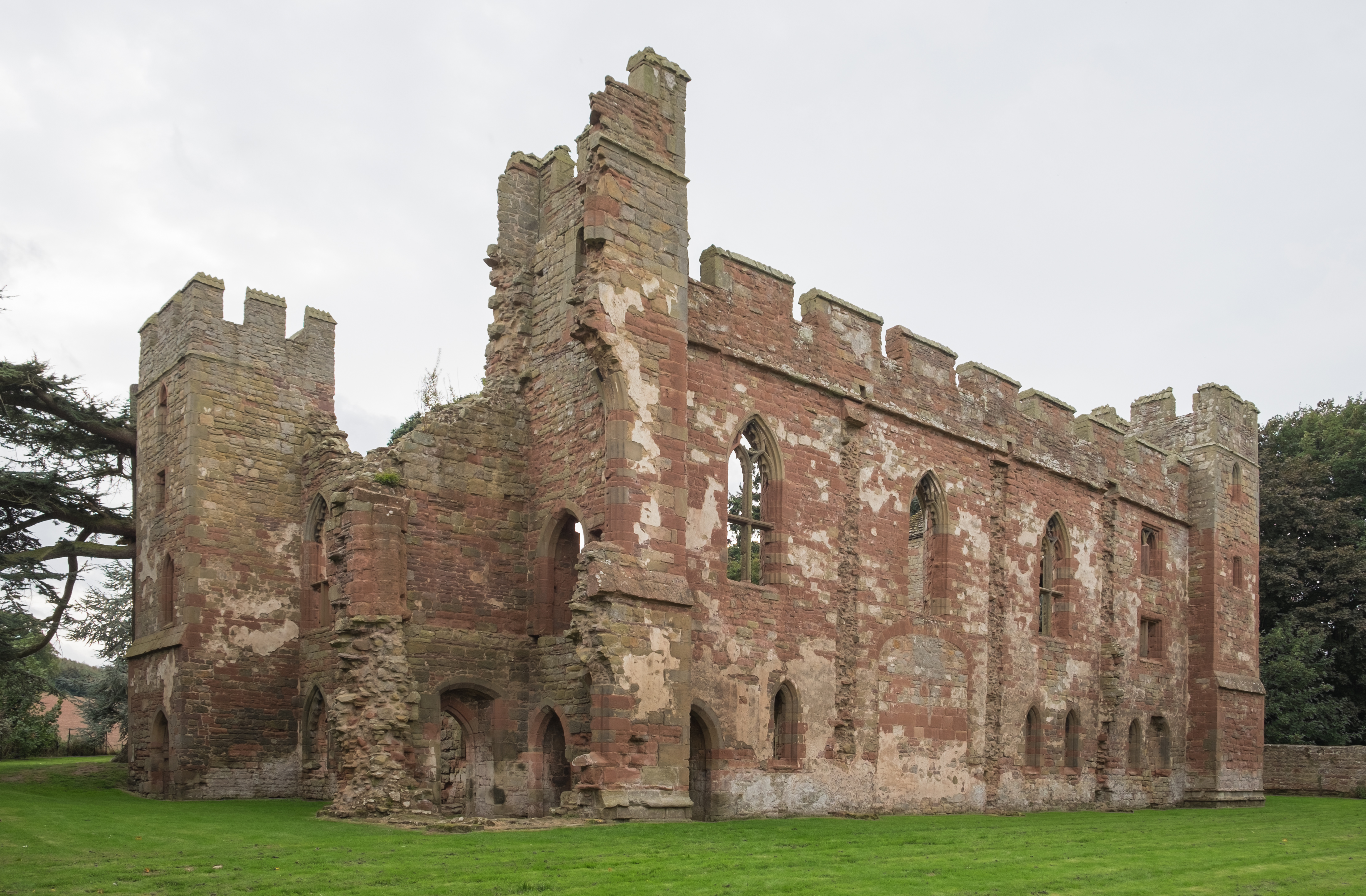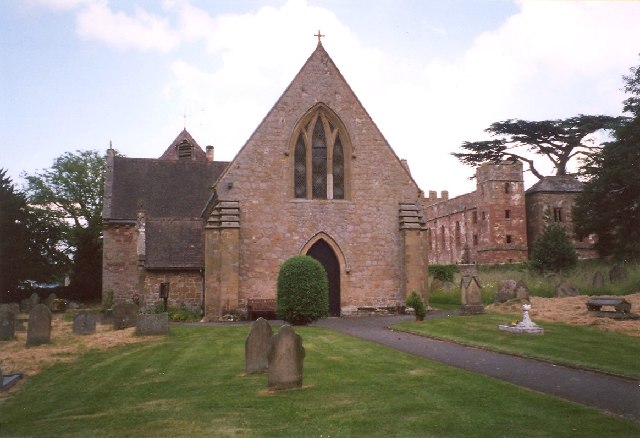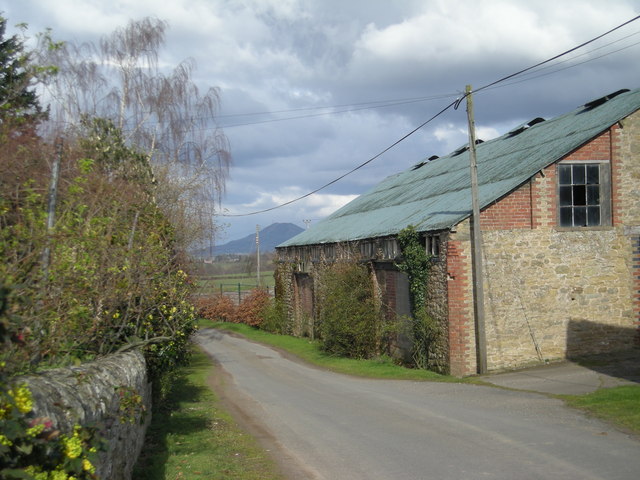Acton Burnell Park
Downs, Moorland in Shropshire
England
Acton Burnell Park
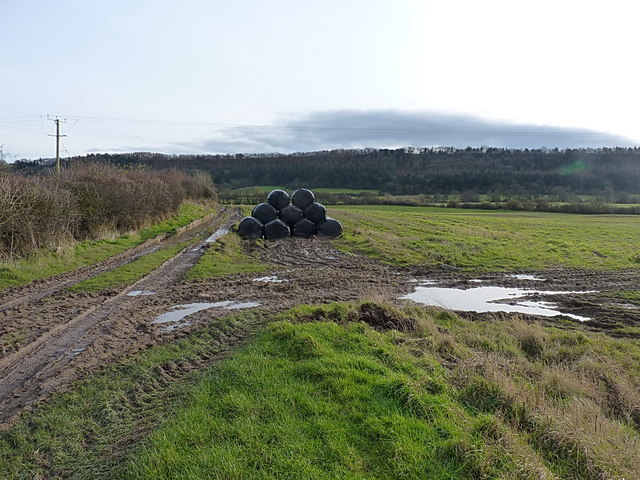
Acton Burnell Park is a picturesque estate located in Acton Burnell, Shropshire, England. Covering a vast area of downs and moorland, the park offers stunning natural beauty and a tranquil atmosphere. The estate is nestled in the heart of the Shropshire countryside, with rolling hills and expansive views stretching as far as the eye can see.
The park is renowned for its diverse flora and fauna, with a rich variety of plant species that thrive in the open landscape. Visitors can expect to see heather, gorse, and wildflowers dotting the moorland, while the downs are adorned with lush grasses and scattered trees. The park is also home to a variety of wildlife, including rabbits, squirrels, and numerous species of birds.
Acton Burnell Park is a popular destination for outdoor enthusiasts, offering a range of activities for visitors to enjoy. Walking and hiking trails crisscross the estate, allowing visitors to explore the park's natural wonders at their own pace. The park also offers opportunities for picnicking, birdwatching, and photography, making it an ideal spot for nature lovers and photographers alike.
In addition to its natural beauty, Acton Burnell Park holds historical significance. The park is situated near the ruins of Acton Burnell Castle, a medieval fortress that dates back to the 13th century. Visitors can explore the castle's remains and learn about its fascinating history.
Overall, Acton Burnell Park is a haven of natural beauty and tranquility, offering visitors the chance to immerse themselves in the stunning landscapes of Shropshire. Whether it's a leisurely stroll, a picnic with friends, or a historical exploration, the park has something for everyone to enjoy.
If you have any feedback on the listing, please let us know in the comments section below.
Acton Burnell Park Images
Images are sourced within 2km of 52.610065/-2.6793041 or Grid Reference SJ5401. Thanks to Geograph Open Source API. All images are credited.
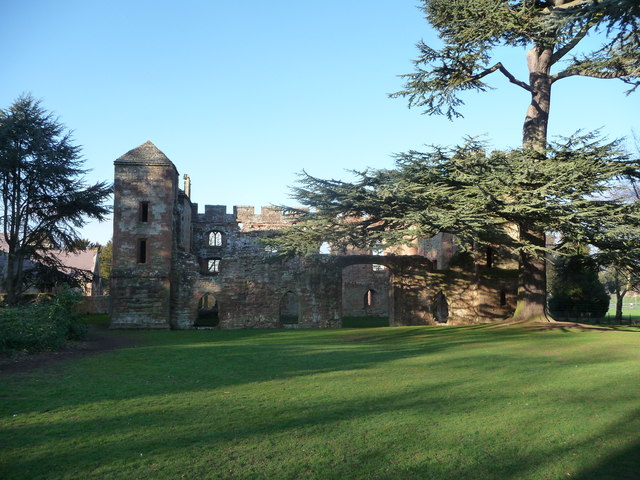
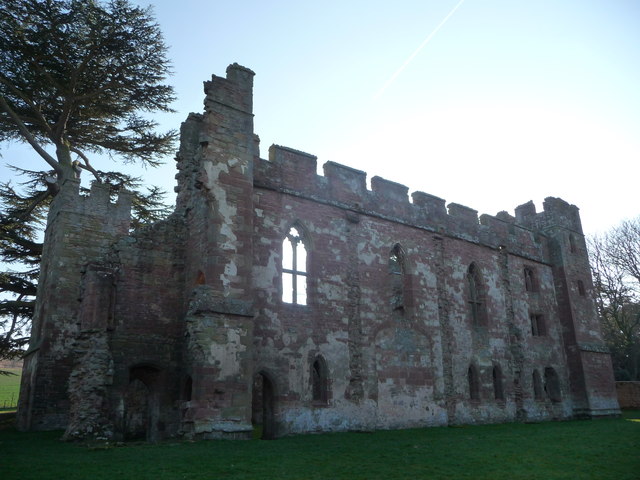
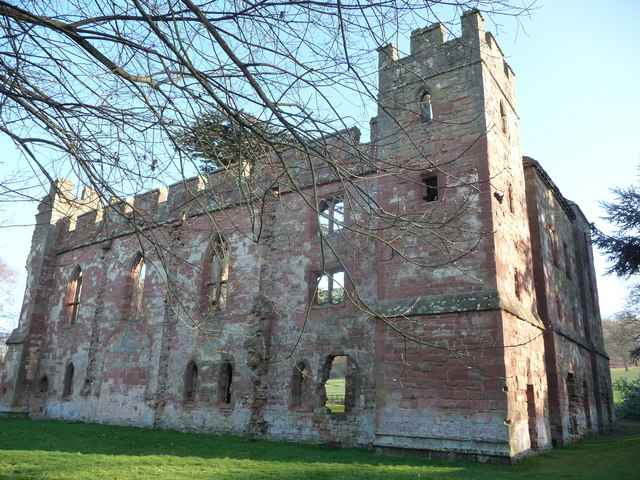
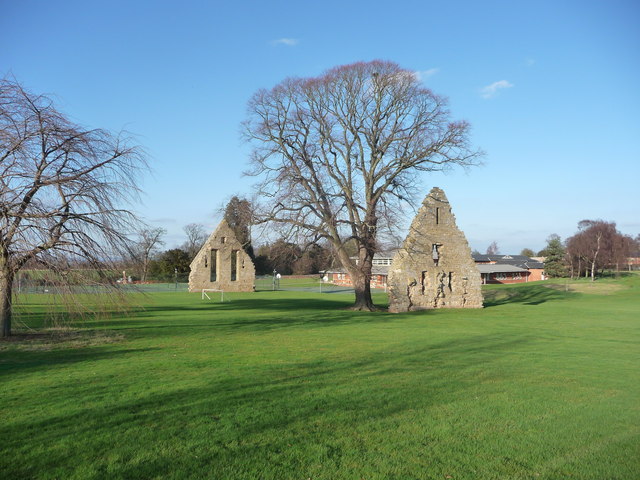
Acton Burnell Park is located at Grid Ref: SJ5401 (Lat: 52.610065, Lng: -2.6793041)
Unitary Authority: Shropshire
Police Authority: West Mercia
What 3 Words
///prove.marmalade.smuggled. Near Kenley, Shropshire
Nearby Locations
Related Wikis
Acton Burnell Castle
Acton Burnell Castle is a 13th-century fortified manor house, located near the village of Acton Burnell, Shropshire, England (grid reference SJ534019)...
Concord College, Acton Burnell
Concord College is an independent co-educational international day/boarding school in Shropshire, England situated in the grounds of Acton Burnell Castle...
Acton Burnell Hall
Acton Burnell Hall is a 19th-century country house, now used as a private school, located near the village of Acton Burnell, Shropshire, England. This...
St Mary's Church, Acton Burnell
St Mary's Church is in the village of Acton Burnell, Shropshire, England, and stands near the ruins of Acton Burnell Castle. It is an active Anglican...
Acton Burnell
Acton Burnell () is a village and parish in the English county of Shropshire. Home to Concord College, it is also famous for an early meeting of Parliament...
Acton Pigott
Acton Pigott is a hamlet in the English county of Shropshire. It lies just outside the village of Acton Burnell. == See also == Listed buildings in Acton...
Langley Chapel
Langley Chapel is an Anglican church, built in 1601, located in a remote area (the parish of Ruckley and Langley) approximately 1.5 miles to the south...
Ruckley and Langley
Ruckley and Langley is a civil parish in Shropshire, England. It is centred on the hamlets of Ruckley and Langley. The population at the 2011 census can...
Related Videos
Acton Burnell Castle #castles #ActonBurnell #England #Shropshire #ShropshireCastles
Acton Burnell Castle, a 13th-century fortified manor house, located near the village of Acton Burnell, Shropshire, England.
Acton Burnell Circular
An 8.7 mile walk around the quiet lanes of Shropshire, visiting old chapels and churches.
Acton Burnell Castle: A Hidden Gem in 4K 60fps
Welcome to this 4K walking tour of Acton Burnell Castle in Shropshire! Join us as we explore the ruins of this fortified manor house ...
Have you been to Acton Burnell Park?
Leave your review of Acton Burnell Park below (or comments, questions and feedback).
